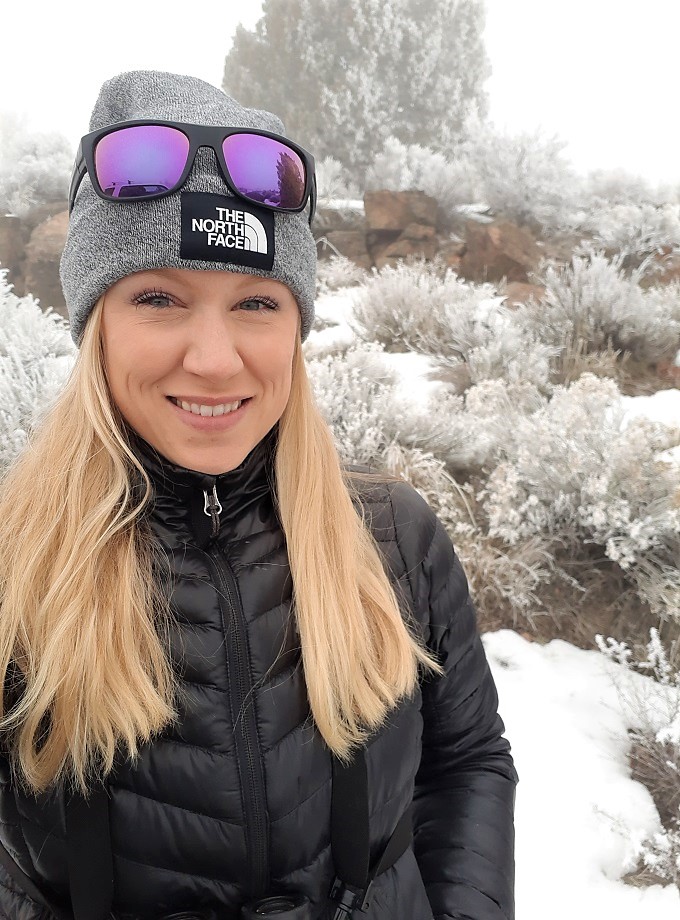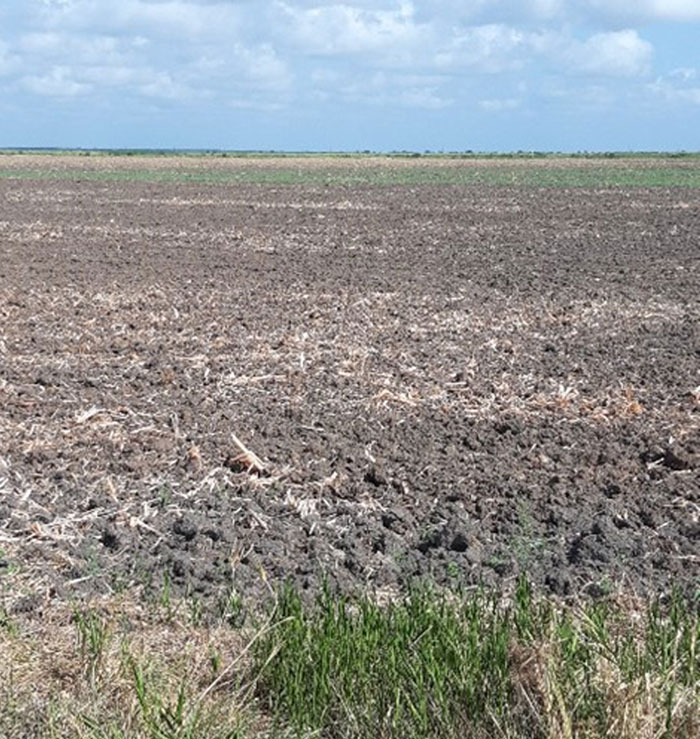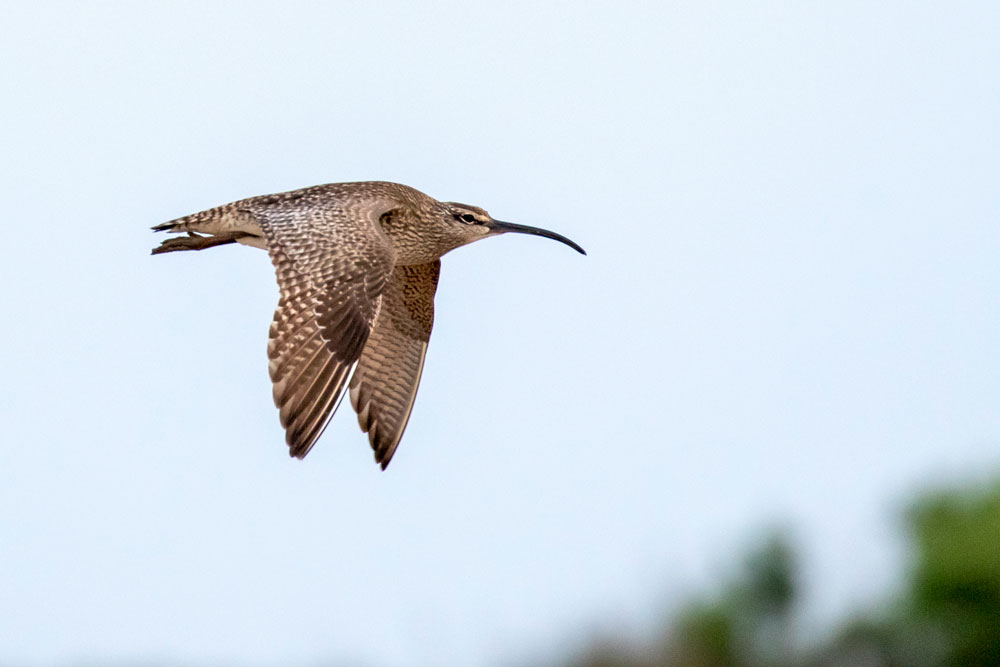
Sam Wolfe
Shorebird Biologist

Because of its proximity to the Gulf of Mexico, Chambers County, on the Upper Texas Coast, plays host to large quantities of migrating songbirds, waterfowl, and shorebirds each spring and fall. Whimbrel (Numenius phaeopus) is a species of shorebird that utilizes this area for northbound staging as they make the great trek between their wintering grounds in South America and their breeding grounds in the arctic.
Manomet’s scientists began studying Whimbrel’s use of this area in 2021 with GPS tracking devices, and preliminary analysis of this movement data revealed that 96% of this species’ daytime locations were in fields related to rice production. What makes a rice field so attractive to a Whimbrel? Rice fields can act as a surrogate for natural wetlands: the moisture and decaying plant matter in the fields support invertebrates in the soil, which shorebirds feed on to nourish themselves along their journey.
In order to learn more about the connection between Whimbrels and rice production, we’ve gotten to know some of the local rice farmers, the challenges they face, and the step-by-step process of growing rice in this geographic area. What we learned has given us an understanding of how to improve this staging site for migrating shorebirds without negatively affecting rice production, or better yet in a way that could actually improve the livelihood of landowners.

But let’s step back a minute to get the bigger picture of how water resources work in this area of Texas. Land managers who need water for agricultural (or even recreational) purposes have to buy it. And, in years when water is scarce,water costs may increase, or, in the worst-case scenario, water could be completely unavailable. While this system of water disbursement is designed to distribute a limited resource fairly among landowners, it can put a financial strain on users who need to flood rice fields or moist soil units. But, what if there was a way to provide landowners water at no cost, during a time and at a depth that migrating shorebirds can benefit from? Enter two local partners: Texas Water Trade and Galveston Bay Foundation. who have secured a long-term contract to purchase fresh water from the local water authority. Now, a much-needed resource, water, is allocated to landowners who have chosen to participate in this unique program aimed at providing wildlife habitat, even in times of extreme drought.
This innovative partnership is a win-win for both farmers and shorebirds, and participants in the region include both private landowners who manage agricultural fields, as well as U.S. Fish & Wildlife Service who own and manage moist soil units (specifically in the Anahuac National Wildlife Refuge) . To determine the timing of flooding, we identified where shorebird migration chronology (Mid-July through late-October) intersects with a feasible water delivery timeframe. We also then developed a survey protocol to monitor the bird community before, during, and after flooding. Field preparation prior to flooding was at the discretion of the landowners (the sites in this study included no manipulation, aeration, disking, and haying.).
This year, water started flowing at the end of August, and by mid-October a total of 1,331 acres across five private properties, and 1,459 acres of public land had received water. We conducted bird surveys from August 22 through October 17, with over 6,000 acres of survey effort.
This past fall , the region experienced an exceptional drought , and the benefits of water allocation during such a time were crystal clear and exciting to see:. we observed thousands of birds coming into the newly flooded fields from the surrounding drought-stricken area. Total bird density was much higher in wet versus dry fields, and nearly all bird groups, including shorebirds, were more abundant in wet fields . A total of 22 species of shorebirds were observed during this study! Shorebird density remained higher in wet fields than dry fields for the entire study survey period and peaked on September 9.


We are happy to report that this program will continue in the spring and autumn of 2024, and can’t wait to see what level of impact water allocation has on shorebirds during spring migration! We thank the landowners and land managers that participated in this program for the time and effort they spent on preparing the fields, monitoring water control structures, and allowing us on their land to conduct bird surveys. Manomet is proud to be involved in this highly effective conservation action that directly benefits shorebirds, and are deeply grateful for the hard work Galveston Bay Foundation and Texas Water Trade put into getting this program off the ground (bird pun intended!) , the navigation district for their logistical support, and the Knobloch Family Foundation for their financial support.





 Back to all
Back to all